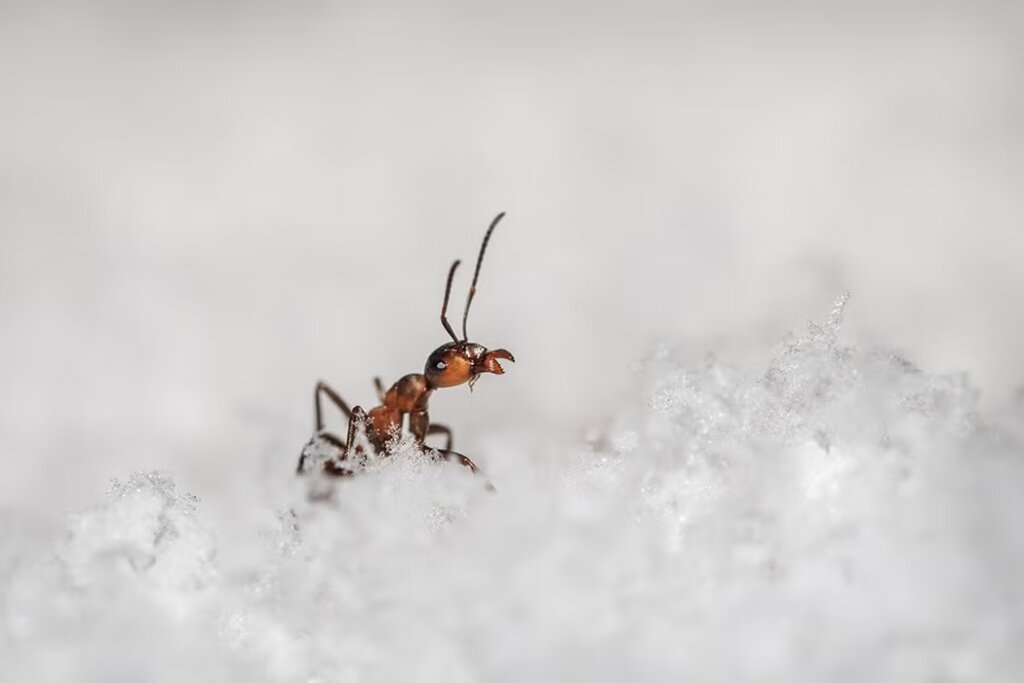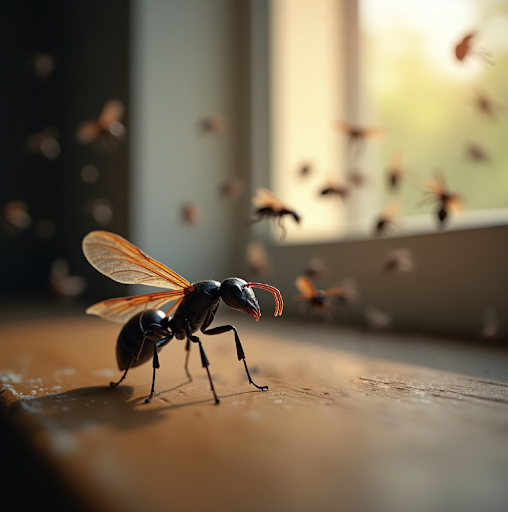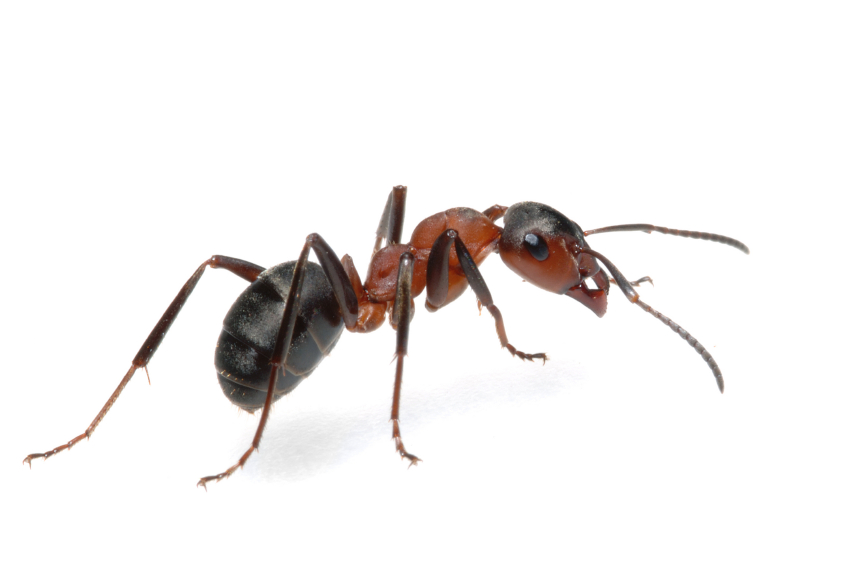When Overwintering Pests Emerge: How to Identify and Prevent Springtime Infestations
As the weather warms up, overwintering pests begin to emerge from their hidden spots inside homes, garages, attics, and wall voids. In this informative blog post from Adams Pest Control, you’ll learn exactly what overwintering pests are, why they invade homes during colder months, and what to expect when they reappear in spring. Common overwintering pests include boxelder bugs, stink bugs, Asian lady beetles, and cluster flies—all of which seek shelter during winter and become active again when temperatures rise.
This article explains the signs of an overwintering pest infestation and provides practical tips for identifying and managing these seasonal invaders. From recognizing unusual pest activity indoors to sealing up entry points before winter, this guide offers expert advice on prevention and control. You’ll also discover why professional pest control is often the most effective solution for managing overwintering pests that are hard to reach and eliminate.
Adams Pest Control has over 100 years of experience protecting Minnesota homes and businesses from seasonal pest threats. Our team understands the behavior and life cycles of overwintering pests and offers proven strategies to keep them out of your living spaces year-round.
Whether you’re dealing with an unexpected surge of bugs in the spring or want to prepare your home before winter returns, this blog post will help you stay ahead of the problem. Don’t let overwintering pests catch you off guard—learn how to identify them, prevent infestations, and protect your property with expert guidance from Adams Pest Control.
Visit the blog now to get the facts and take proactive steps to keep your home pest-free all year long.
When Your Home Becomes a Winter Retreat—for Pests
For most people living in cold climates, the idea of overwintering would be to spend time someplace warm: “I prefer to overwinter on the beach in Mexico.” When it comes to pests, overwintering describes their tendency to move into our homes and garages to wait out the winter and survive the colder temperatures and the decrease of their natural food sources outdoors. So while you may look at some secluded, warm island as the ideal place to overwinter, insects look at your home as their winter vacation hotspot.
When temperatures begin to rise with the approach of spring, overwintering pests come out of hiding and make their presence known. This is when you will be most likely to spot them in the living spaces of your home, crawling across floors and walls, on your counters, and near sun-warmed windows. It’s not that they’ve just come into your home this time of year; it’s that they haven’t been as active until the temperatures start their gradual increase again. They’re getting hungry and are in search of new food sources.
Common Overwintering Pests
The most common insects turning your home into their winter vacation destinations include:
- Boxelder Bugs – These black and red bugs often cluster on warm exterior walls in the fall and sneak indoors through small cracks to overwinter.
- Stink Bugs – Known for their unpleasant odor when crushed, stink bugs seek warmth inside homes and remain dormant until spring.
- Asian Lady Beetles – Often mistaken for ladybugs, these beetles gather in large numbers and can stain surfaces or emit a foul-smelling fluid when disturbed.
- Cluster Flies – Sluggish and noisy, cluster flies invade attics and wall voids in large groups, reappearing on sunny days during late winter or early spring.
- Brown Marmorated Stink Bugs – An invasive species that not only damages crops but also seeks indoor shelter during cold months.
- Spiders – While not technically overwintering pests, spiders often follow other insects indoors in search of food and warmth.
- Wasps – Certain species, especially paper wasps, may hibernate in wall voids, attics, or garages and become active when temperatures rise.
Overwintering Pest Prevention
The best defense against overwintering pests is to take steps to prevent their entry into your home in the first place. Try the following:
Seal Cracks and Gaps: Inspect your home’s exterior, especially around windows, doors, siding, utility pipes, and vents. Use caulk or weather-resistant sealant to close any gaps or cracks where insects could enter.
Install or Repair Screens: Ensure that window and door screens are intact and fit tightly. Repair any holes or tears to prevent pests from slipping inside.
Use Door Sweeps and Weather Stripping: Install door sweeps on exterior doors and apply weather stripping around doors and windows to eliminate entry points.
Check Attic Vents and Chimneys: Cover attic vents with fine mesh screens and install a chimney cap to block pest access without restricting airflow.
Reduce Outdoor Lighting at Night: Insects are attracted to lights. Use yellow bug lights outdoors or reduce lighting during fall evenings to minimize attraction.
Trim Vegetation Away from the House: Keep shrubs, trees, and other vegetation trimmed back from the house to reduce access routes for pests.
Clean Up Leaf Litter and Debris: Remove leaves, grass clippings, and other organic debris near your foundation that can attract insects seeking shelter.
Schedule a Professional Inspection: Have a licensed pest control technician inspect your property before the cold season begins. Professionals can identify vulnerabilities and apply preventative treatments if needed.
Year Round Pest Control
When you treat and protect your home with year-round pest control solutions from Adam’s Pest Control, you greatly reduce the risk of having overwintering pests take up residence in your home. You’ll enjoy a pest-free home environment every season of the year. Year-round pest control solutions rely on fewer pesticides than calling for help only when you spot pests. Expert technicians that return to your home on a regularly scheduled basis will work on the exterior of your home to prevent pests from getting inside in the first place, which reduces the need for pesticides on the interior. To find out more about how Adam’s Pest Control can help your home become and remain pest-free, give us a call today.




